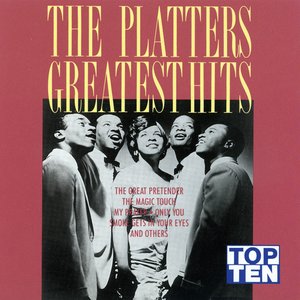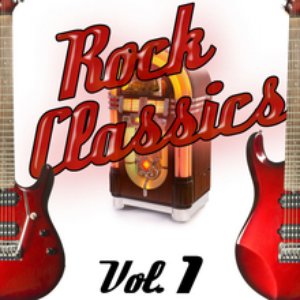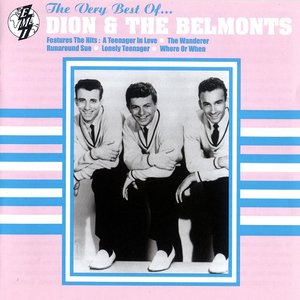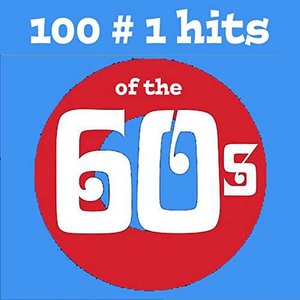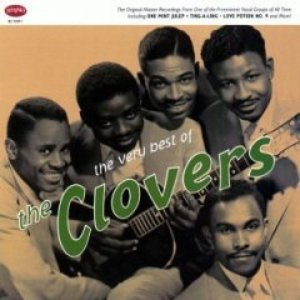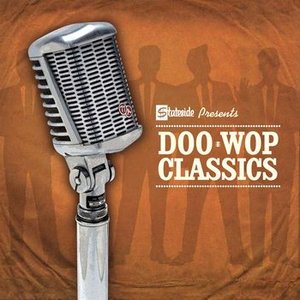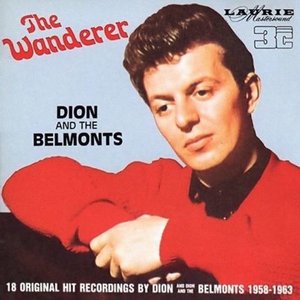Wiki
-
Length
2:24
"Sh-Boom" (sometimes referred to as "Life Could Be a Dream") is an early doo-wop song by the R&B vocal group The Chords. It was written by James Keyes, Claude Feaster, Carl Feaster, Floyd F. McRae, and William Edwards, members of The Chords, and published in 1954. It is sometimes considered the first doo-wop or rock 'n' roll record to reach the top ten on the pop charts (as opposed to the R&B charts), as it was a top-10 hit that year for both the Chords (who first recorded the song) and The Crew-Cuts. In 2004, it was ranked No. 215 on Rolling Stone's "Top 500 Best Songs of All-Time".
The song was first recorded on Atlantic Records' subsidiary label Cat Records by the Chords on March 15, 1954, and would be their only hit song. The group reportedly auditioned the song for famed record producer Bobby Robinson while he was sick in bed, but he rejected them, stating the song "wasn't commercial enough". When the Chords recorded their debut single for Cat Records, a cover of Patti Page's "Cross Over the Bridge", the label reluctantly allowed them to record "Sh-Boom" for the B-side with Sam "The Man" Taylor on saxophone. "Sh-Boom" would eventually overshadow "Cross Over the Bridge", reaching No. 2 on the Billboard R&B charts and peaking at No. 9 on the pop charts. It was later released by Cat as an A-side, coupled with another Chords original, "Little Maiden".
A more traditional version was made by a Canadian group, the Crew-Cuts (with the David Carroll Orchestra), for Mercury Records and was No. 1 on the Billboard charts for nine weeks during August and September 1954. The single first entered the charts on July 30, 1954, and stayed for 20 weeks. The Crew-Cuts performed the song on Ed Sullivan's Toast of the Town on December 12, 1954. On the Cash Box magazine best-selling record charts, where both versions were combined, the song reached No. 1.
Track descriptions on Last.fm are editable by everyone. Feel free to contribute!
All user-contributed text on this page is available under the Creative Commons Attribution-ShareAlike License; additional terms may apply.

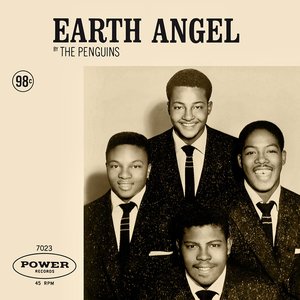
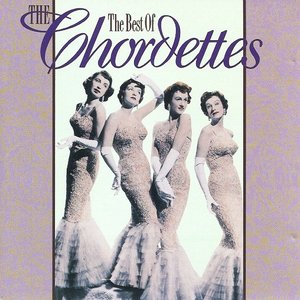
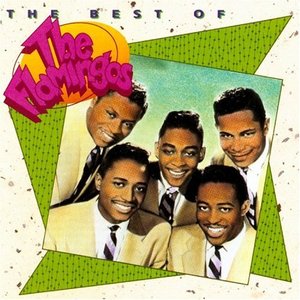
![Golden Oldies [The Five Satins] (Digitally Remastered)](https://lastfm.freetls.fastly.net/i/u/300x300/948ead8aeea1648e8198d8cdb3567244.jpg)
